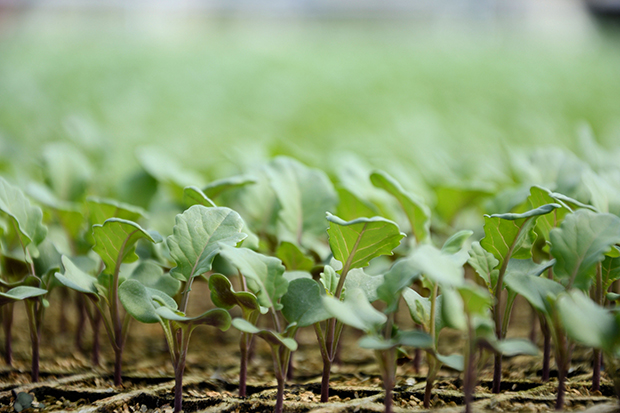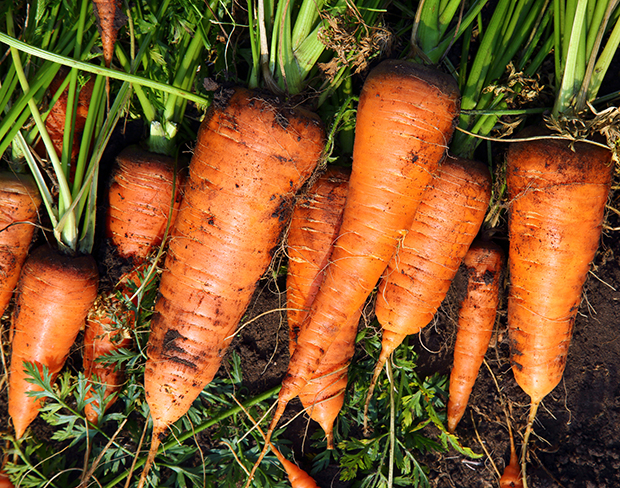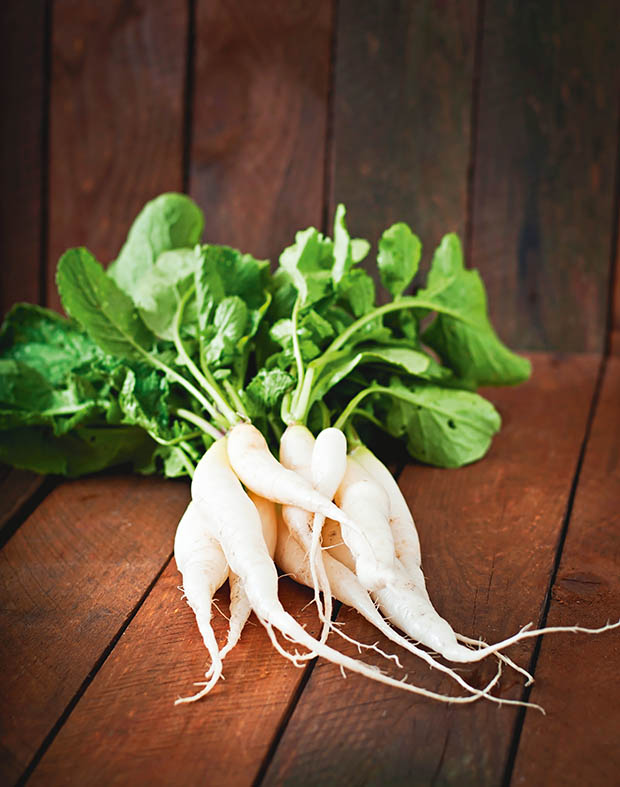Ten essential tasks for your May garden

Late autumn is the perfect time to get these tasks done.
Words: Jane Wrigglesworth
1. In frost-prone areas, protect the garden with a layer of pea straw. Add some to the compost bin as well to balance out the ‘green’ materials. A handful of lime will aid composition. If your ‘cold process’ compost is open to the elements, cover it with plastic so it doesn’t get soaked.
2. Plant broccoli and cauliflower seedlings. If your area gets heavy frosts, plant in tunnel houses.
3. Sow broad beans for an early spring harvest. Sow in full sun in free-draining, compost-enriched soil. Their preferred pH is 6-7.0, so add lime at planting if soil is too acidic, although it can take a season or two to take effect. Sow in double rows, set 60cm apart, in staggered positions. Provide shelter from strong winds and stakes for each plant to grow up. If black aphids accumulate on the growing tips, blast off with the hose (though they’re most likely to appear when beans are sown in spring).

4. Dig up potatoes and carrots before the first frosts. Parsnips and yams taste sweeter after a frost, so leave these and harvest them later – they won’t grow much once the leaves are frosted.
5. Erect row covers over raised beds to extend the growing season. To make a simple floating row cover, push in hoops made from flexible PVC pipe at the ends and middle of beds and cover with frost cloth. You can also purchase kits.
6. Daikon (white radish) can survive winter temperatures down to -11°C so it’s a great crop for the colder months, even if you don’t like eating it. Its foliage helps to lure pests away from other plants, and its long roots also break up compacted soil, a process called bio-drilling. While the edible part of daikon root is 15-30cm long, its thin taproot – which breaks off when you pull it out – can grow down to 1.2m+.

7. Remove runners from strawberry plants and plant out for next year’s harvest.
8. Autumn leaves can be processed into leaf mould. Place in a black plastic bag with holes punched into the sides, dampen the leaves, then secure the top of the bag with a tie. Store for several months until the leaves rot down. Add to vegetable growing beds in spring.
9. Plant cold-tolerant, leafy vegetable seedlings such as cabbage, corn salad (lamb’s lettuce), cos lettuce, kale, miner’s lettuce, romaine lettuce, spinach, and silverbeet in raised beds.
10. If you haven’t already, prepare a patch for your garlic crop. Choose a site in full sun and dig in compost or well-rotted manure. Wait a couple of weeks, then dig the soil over again – the looser the soil, the larger the bulbs will grow.
Love this story? Subscribe now!
 This article first appeared in NZ Lifestyle Block Magazine.
This article first appeared in NZ Lifestyle Block Magazine.
